Everyone knows what a boss does. This is the person who hires and fires, oversees day-to-day operations, and gives employees instructions for carrying out their tasks. Meanwhile, not all bosses are people who can lead or take over the CEO position. CEO's duties on behalf of the board, responsible for the operation of the entire company as well as operating all daily tasks.
In the era of 4.0, the gap between CEO and employee today has been shortened even further, they absolutely can inspire employees to create motivation to work optimally efficient, help complete the common goals and promote more development company, which is also strategic in how to operate.
Nicole Fallon - Business News Daily Editor asked founders and executives what kinds of traits and habits make for an innovative, effective leader. Here are 7 important things that the best leaders do every day to get the most out of their teams:
1. Decentralization and connection
As a leader can face most of the pressure from customers or upper management to deliver results. But that doesn't mean CEO solely responsible for coming up with solutions; in fact, turning to team for help not only alleviates own burden but also empowers company’s employees to feel like they're making a valuable contribution to the company.
Patrick Stroh - business speaker and author of Advancing Innovation (Galvanizing, Enabling and Measuring for Innovation Value), advised leaders to create a truly collaborative environment by crowdsourcing ideas and then helping team members make those ideas a reality. "Empowering others leads to broader thinking and a more voluminous portfolio of ideas. Getting more employees, suppliers, customers and other constituents to ideate and execute ideas not only generates more value but [also] leads to greater overall engagement of all parties to achieve your mission”, Stroh told Business News Daily.
Dan Peate – a founder of company Hixme, agreed that a culture in which employees are not afraid to share ideas yields the best results. He said: "Acknowledge all ideas and create a work environment that fosters creativity and acceptance," Peate said. Work with employees at all levels to create ideas — good and bad — and congratulate them for having the courage to share their ideas. It's important to teach employees not to be offended if their idea gets shot down because discarded ideas often start the conversation that leads to something great”.
2. Over-communicate
One of the biggest issues many ineffective leaders have is how well and how often they communicate with their teams. Breakdowns in communication lead to confusion and conflict, so it's best to err on the side of over-communicating.
Shaun Ritchie - CEO and co-founder of EventBoard noted that this is especially important when it comes to sharing the company's strategic vision. "Creating open and honest feedback on what's working and what's not will help everyone feel like they are part of the conversation. This builds organizational trust, which is the fundamental basis of all relationships”, he said.
Ritchie also said developing a culture of candid communication among all members of the company will help avoid misunderstandings and distrust.

3. Measure everything
The ultimate goal of a leader is to get everyone working together to improve. But you can't improve what you don't measure, Stroh said: “Measurement of progress is a leader's best bet for understanding what needs to be done next. Organizations should consider their value proposition and how they go to market. When CEO consider strategy, then CEO need a bundle of metrics with which to measure the inputs, processes, and outputs of a program. Only through measuring efforts can establish a baseline and take actions for improvement”.
4. Embrace mistakes
Failure can be a tough pill to swallow, but it can also be an important learning experience to help you make better decisions in the future. Amy Fox - president, CEO said: “The best leaders know to embrace mistakes, rather than lament them. People will be scared to innovate, out of fear of failure and consequences. The key is to 'fail fast' learn the lesson quickly and not burn large amounts of resources to get the learning”.
5. Build resilience
Every business will face its share of challenges, and a leader is responsible for guiding the company through those rough spots.
Tom Villante - co-founder, chairman, and CEO of YapStone said: “A hallmark of a great leader is being strong enough to adapt to and bounce back from setbacks and obstacles. Focus and resilience go hand in hand. As CEO must focus on the longer-term strategy and objectives, every leader will certainly run into challenges and obstacles along the way”.
6. Zoom out
A CEO will take pretty much the mission should be very easy to be swept into the insignificant if not know control. Tom Villante also reminded the leaders to focus on great value to help them out the optimal decision not photo towards long-term goals of the company.
"Clearly outline the strategic business plan to a team, and then empower them to make the necessary daily decisions to make it happen. By focusing on the “big picture”, CEO can establish the benchmarks for your team and also set re-calibration checkpoints throughout the year to measure progress”, he said.
7. Get real
Leaders need to have "cool head" with the thought optimistic but realistic. Keyword "real" intentions leaders to be honest with yourself, do not be too short-sighted or self-respect. Dan Peate shared: "Persistence is needed to complete the job but persevere on the wrong path is the enemy of success”.
Source Business News Daily









.jpg)
.jpg)
